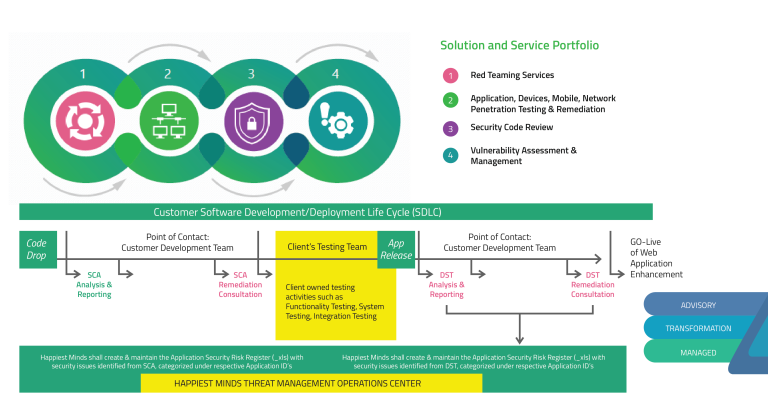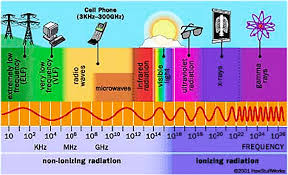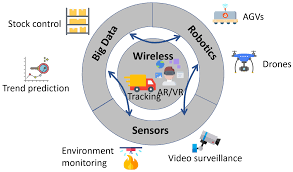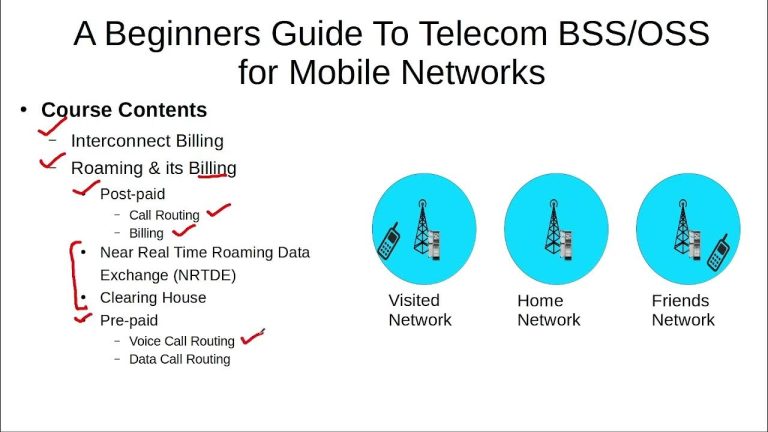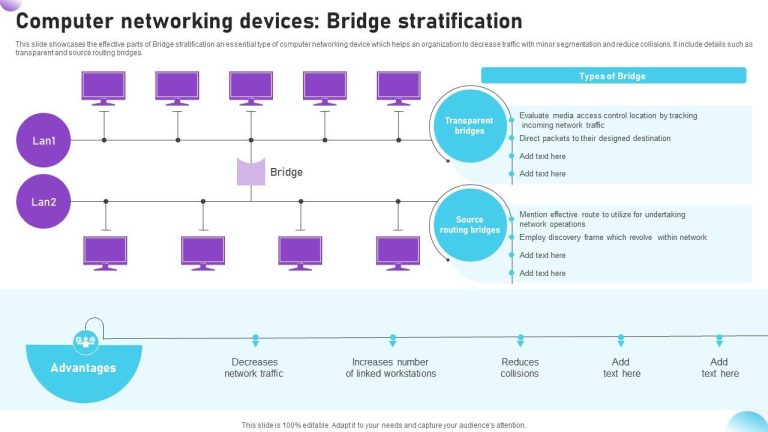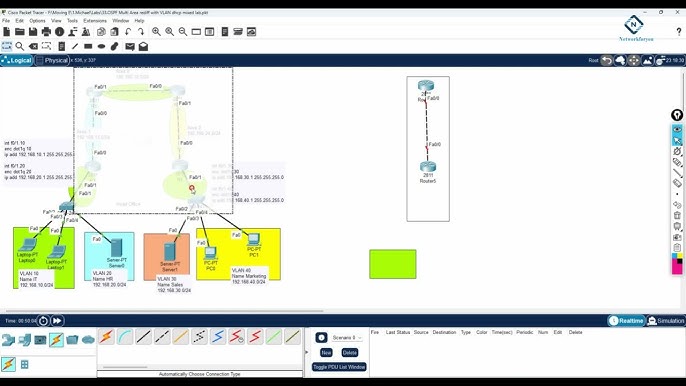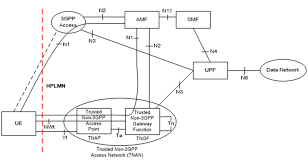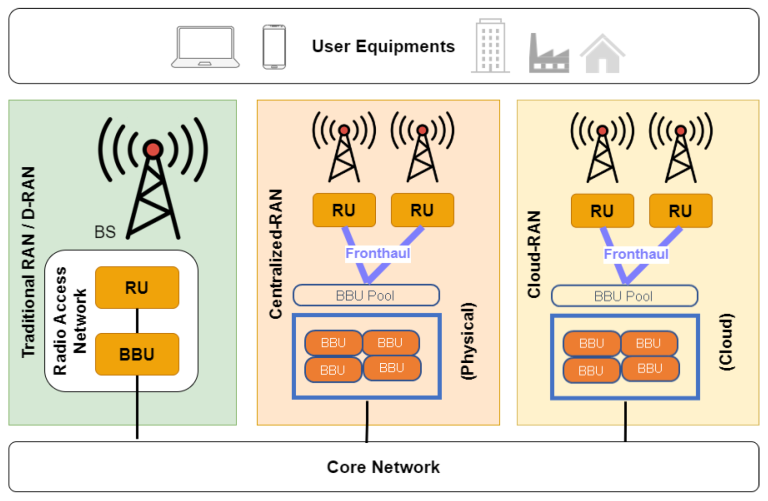TETRA Security Protocols: Advanced Training Video
telcomatraining.com – In today’s world of mission-critical communications, security is more important than ever. TETRA (Terrestrial Trunked Radio) systems are used by public safety agencies, transportation networks, utilities, and military organizations worldwide. To ensure secure and reliable communications, TETRA employs robust security protocols. This advanced training video on TETRA Security Protocols offers a comprehensive guide…

